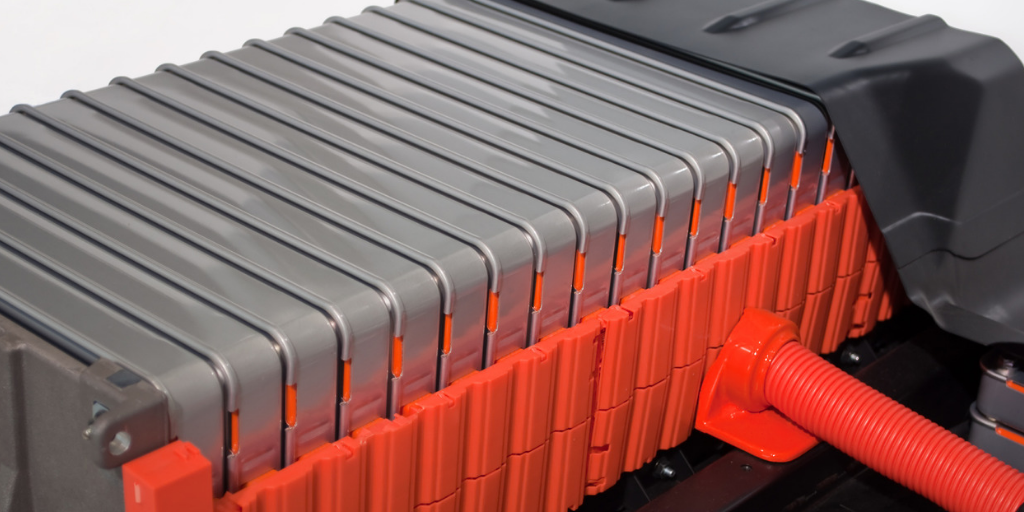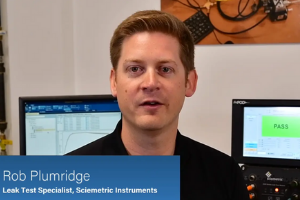Contributed by: Rob Plumridge

With more and more electric vehicles on the road, manufacturers are challenged to ensure that the large battery packs that power them will not leak under even the worst of conditions.
A leaking battery is more than just an inconvenience. In addition to causing a potential warranty claim or repair cost for the vehicle owner, it is a safety issue. The most common form of rechargeable battery for e-vehicles, lithium ion, can burst into flame or even explode if there is a leak.
Testing these large battery packs poses some unique challenges:
- First, manufacturers want to keep them as light and cost-effective as possible. That means part stability may suffer.
- Second, flexibility is also often a desired physical characteristic of the batteries, which makes them more difficult to test.
- Third, these packs are large, with a lot of internal volume and surface area. Test methods can easily create destructive amounts of force.
When combined, these factors can make it difficult to simulate the exact leak conditions these packs will experience in the field. Below are two of the key challenges you are likely to encounter with battery pack leak testing and strategies to overcome them.
Identifying the best test approach for battery pack leak testing
Any kind of test that builds pressure (with air) inside the pack can cause the volume to expand like a balloon, which will increase the measured leak rate. Changes in ambient air temperature or barometric pressure, or testing for factors like water intrusion, can compress the pack. This can easily cause the pack to shrink, which will mask a potential leak.
That means we have to consider the pressure differential and decide which test approach (whether to create negative or positive pressure within the pack) is best.
Ensuring accuracy and reliability in battery pack leak testing
Once we have determined which test approach is best for the situation, the next step is to decide how best to ensure the most accurate and reliable test possible.
We do this by recording all the traceable waveforms from the test, such as pressure and mass flow and correlating these with the related data for part temperature, ambient air temperature and barometric pressure. This way, we can document and visualize the impact that any of these variables have on the test. By measuring them and accounting for them, we can improve the repeatability of the process.
In other words, understanding and tracking what is happening in our test environment and correlating this with what is happening within the pack, gives us insight to control and account for changes in the environment, to ensure the most repeatable and reproducible test result for an air-based test.

Watch Rob Plumridge's Ask the Experts video answering the question, "How can I manage the challenges of large part leak testing?"
Contact us to speak to a Sciemetric leak test professional about your electric vehicle leak test requirements.

